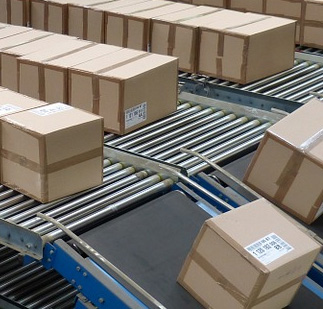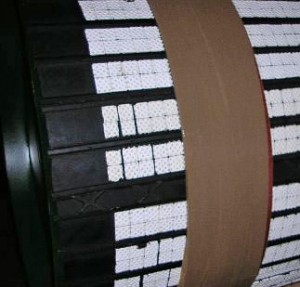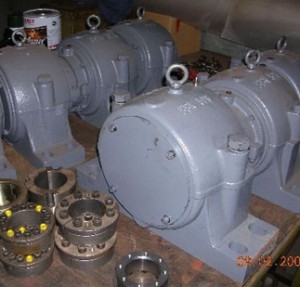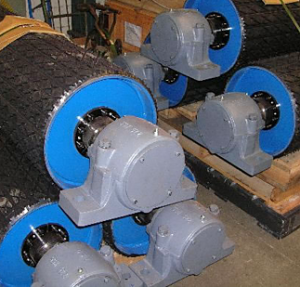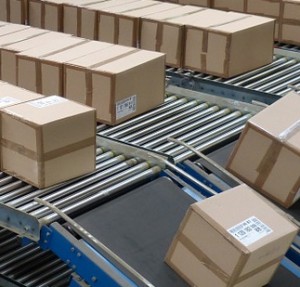 Important maintenance programs check conveyor systems to see if everything’s functioning properly. The belt moves forward in a smoothly linear fashion as it should, and every pulley performs optimally. The system is working well, but we’re not finished. There’s a complex chain of mechanical events taking place in the machinery, any one of which will have a knock-on effect when something goes wrong. Even the day-to-day vibrations of a properly working mechanism can introduce atypical behaviour patterns, and those anomalous vibrations amplify, become magnified as the conveyor belt and its auxiliary components stretch toward some unseen vanishing point, for industrial-grade conveyor systems are extended beasts, mechanical contrivances that experience unforeseen stresses.
Important maintenance programs check conveyor systems to see if everything’s functioning properly. The belt moves forward in a smoothly linear fashion as it should, and every pulley performs optimally. The system is working well, but we’re not finished. There’s a complex chain of mechanical events taking place in the machinery, any one of which will have a knock-on effect when something goes wrong. Even the day-to-day vibrations of a properly working mechanism can introduce atypical behaviour patterns, and those anomalous vibrations amplify, become magnified as the conveyor belt and its auxiliary components stretch toward some unseen vanishing point, for industrial-grade conveyor systems are extended beasts, mechanical contrivances that experience unforeseen stresses.
Addressing Dynamic and Static Forces
Stress analysis practices are used to discover the source of system-degrading forces. An intelligent modelling methodology is applied to the working gear in order to discover the source of the stress, the location of all possible stress transmission points, and tailor a strategy that will reduce detrimental loading effects. The outlined solution creates a modification strategy that optimises productivity and minimises system downtime. Naturally, all pulley sections form an important constant in the equations used to conduct the analysis, as do the dynamic forces at work here, forces that act as variables. This latter grouping would come from the cladding type, the slippage factor that forms between the belt and the pulley drums, the alignment or lack thereof of each shafted drum, and much more.
Three-Dimensionally Modelled
As briefly mentioned up top, this is a job for a special modelling package, a software suite that has all pertinent figures plugged in so that real-world results can be plotted. The software runs virtual simulations and delivers results that tie in with the electronic measurements recorded on the conveyor systems as they conduct their day-to-day activities. The strain on the equipment may be quite undetectable to the naked eye but the stress evaluating methodology introduced here will soon track down any problems, issues caused by machine parts that refuse to work in harmony. Special vibration measuring devices work in tandem with the three-dimensional model to create a comprehensive picture of any and all issues. We suggest checking out the SPM A30 Analyser for more information on the technical aspect of this project. Otherwise, a finite element modelling package conducts many of the same tests within a virtual setting.
The conclusion of the stress analysis procedure uncovers poorly balanced drums, substandard cladding, damaged electric motors, and much more.
